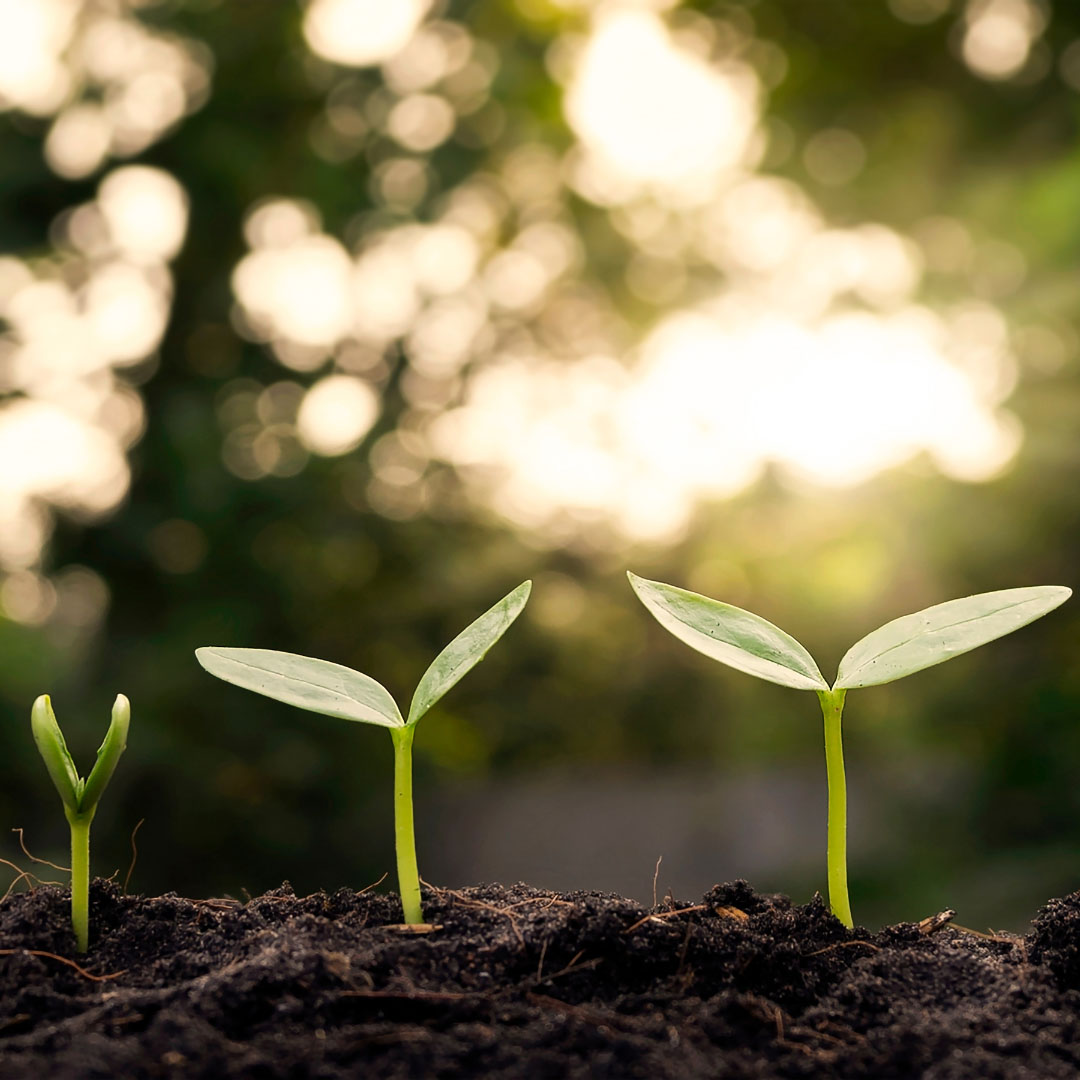
Sustainability: getting to know bio-based, biodegradable, and compostable materials
In the context of environmental sustainability, it is crucial to understand the differences between bio-based, biodegradable, and compostable materials. These terms are often misunderstood and confused with each other, while each one has its own specific features and environmental sustainability implications.
For the food packaging industry specifically, the choice of sustainable materials is fundamental: food packaging must not only ensure the freshness and safety of the product but also be designed with its end-of-life in mind. Using bio-based, biodegradable, or compostable materials can significantly reduce environmental impact and promote proper recycling practices.
Bio-based materials
Bio-based materials are derived in part from vegetal biomass, such as starch, maize, sugarcane, or cellulose, offering a sustainable alternative to polluting fossil sources, such as oil. Bioplastics are the most known materials within this category. However, a bio-based material is not always biodegradable: the sustainability of these materials mainly relates to reducing non-renewable fossil resource consumption.
Biodegradable materials
A material is biodegradable if it can be naturally degraded and decomposed by the enzymatic action of microorganisms into simpler substances such as carbon dioxide, water, and methane. This process takes quite a long time, on average about six months, and this timing is one of the main differences between biodegradable and compostable. Although biodegradable, these materials are not necessarily harmless to the environment and must be disposed of properly to avoid adverse impacts. It is important to notice that a compostable material is always biodegradable, but not all biodegradable materials are compostable.
Compostable materials
Compostable materials represent a specific category of biodegradable materials that can be turned into compost through a controlled composting process. To qualify as compostable, they must meet precise standards of degradation, disintegration, no adverse impact on the compost, and low levels of heavy metals. The composting process must be completed in less than three months, and the resulting compost must be a biologically stable, inert, and odourless organic substance, consisting mainly of humus, active microorganisms, and microelements. This waste product is a very useful resource, particularly in the agricultural industry, where it is used as a natural fertilizer. Compostable materials can be disposed of with organic household waste.
Understanding the differences between bio-based, biodegradable, and compostable materials is the key to making conscious and sustainable choices.
While all compostable materials are biodegradable, not all biodegradable materials are compostable, and bio-based materials may be biodegradable or non-biodegradable.
The choice of the appropriate material depends on specific usage requirements and the targeted environmental impact.
Investing in eco-friendly packaging solutions will both contribute to a greener future and ensure that food products are handled safely and efficiently. Promoting sustainability and proper recycling of food packaging is an important step to reducing waste and protecting natural resources.







